Colours of Culture; the Costumes of Shivarathri in Sri Lanka
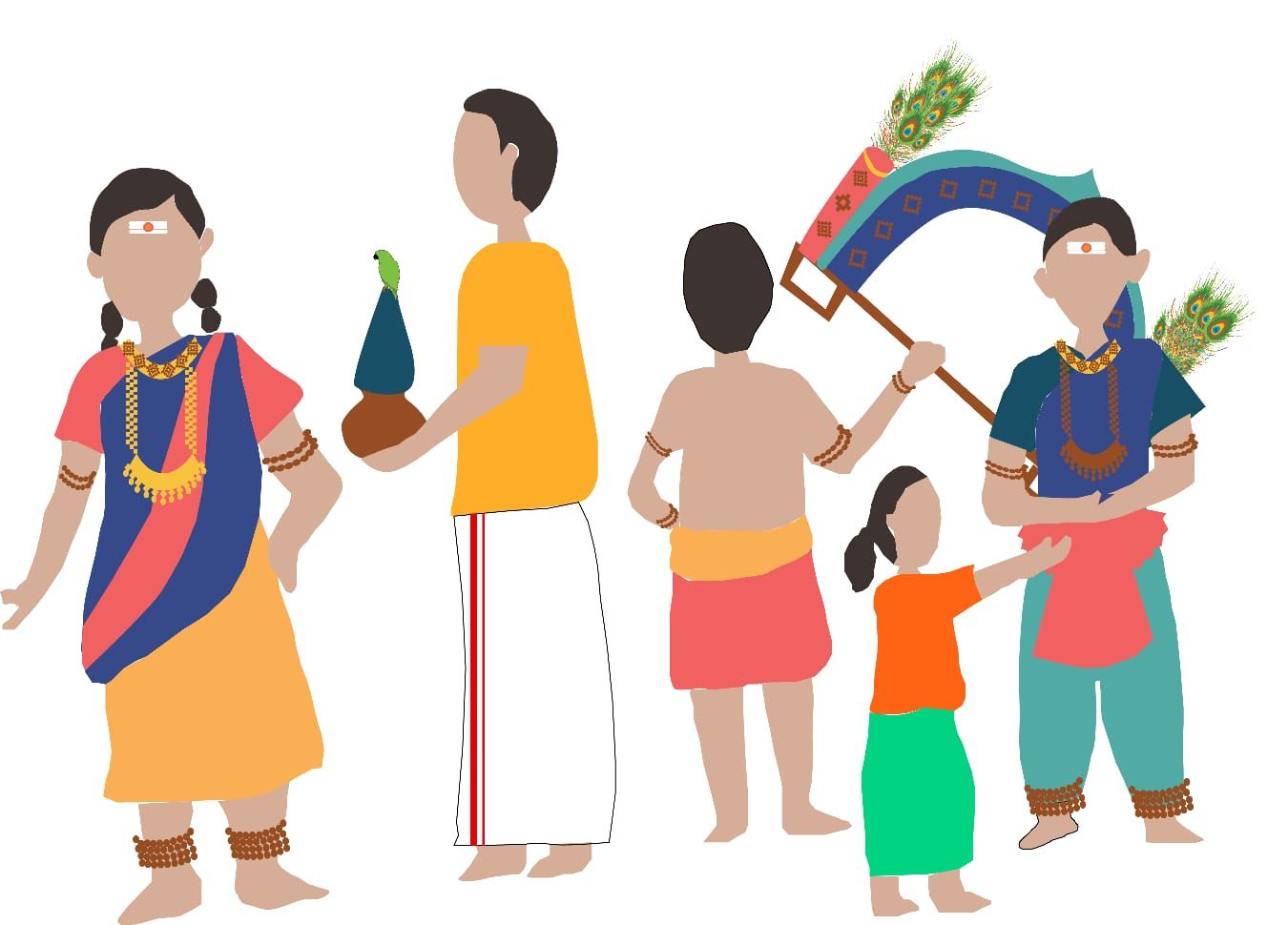
A 12 hours celebration of light overcoming darkness
Every year on the full moon day in February or March Trincomalee's famous Koneswaram temple turns into a festive ground. An overnight festival brings together thousands of people to honour Lord Shiva with dance. Everybody stays up all night, without food or drink… just dance. This unique festival is one of many wonderful historical events among the Hindu people. We want to share its story through the eyes of the dancers and invite you to join us for a magical night of Maha Shivarathri.
First dance: Bharatham
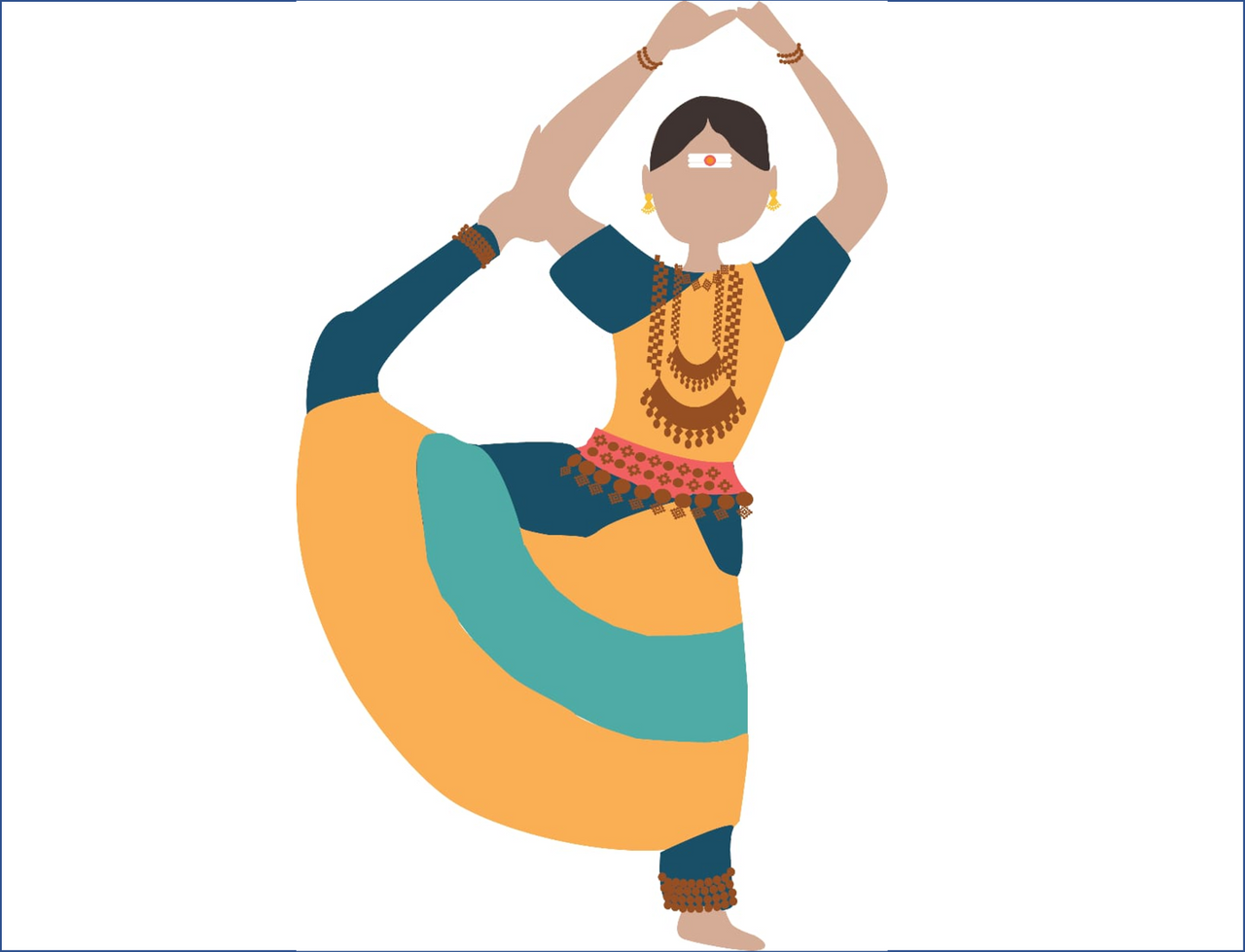
“I’m excited. This is my first time performing this dance. But my jewellery is about 2 kg! Even this silk saree is so beautiful, but it's so hot in it. I really love these necklace and waist bands but even its brass metal cuts it cuts my skin. I almost tripped on this toe ring. But it's looking good on me huh?
My favorite is this mookuthi I wear on my nose. They say that each of these jewellery touches a nerve point in the body. Look at how divine it looks!
I love the special music. The tunes instantly bring me in a festive mood. For days after the event, I can't get the sounds from the manjira, mridangam, nadaswaram, kanjira attuvangam, violin and flute out of my head. I wonder if the vocalist, 'Nattuvanar' is here.
Second Dance: Karkam (Karakattam)
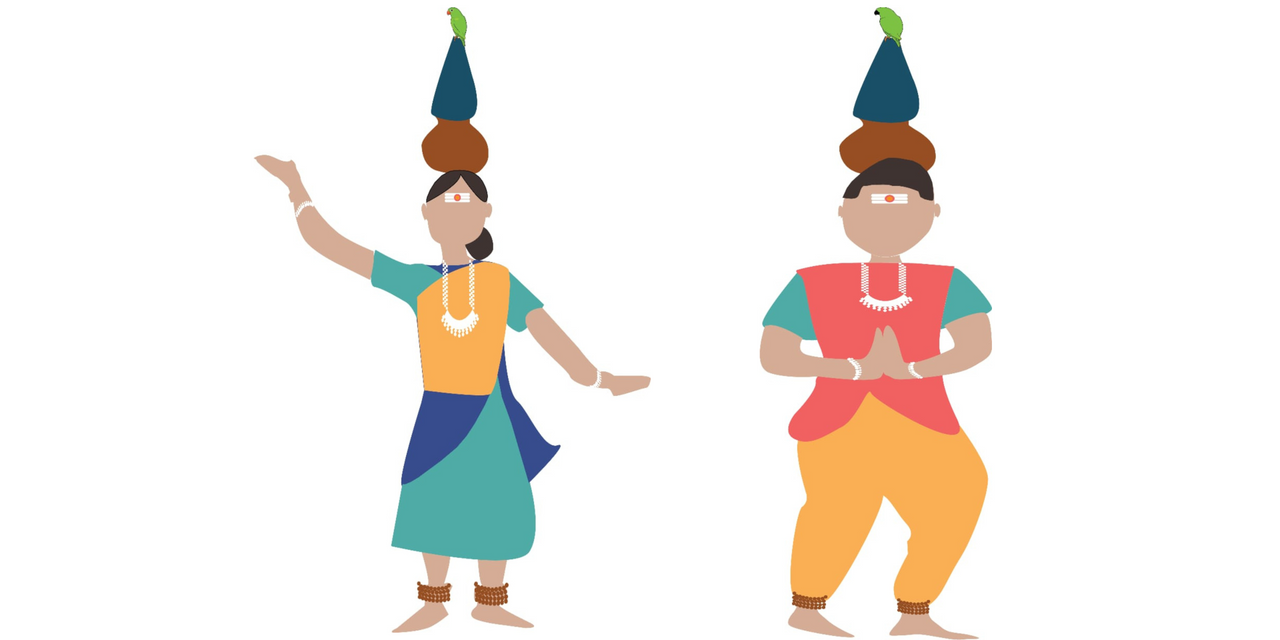
Adhithi: Where is my headpot?
Maaran: Maybe you left it at the vehicle …
Adhithi: OK.. Let me check. I'm so nervous so everything has gone completely blank.
Maaran: oh come on.. Just relax and enjoy. Look at this crowd! We are going to be the stars of the night.
Adhithi: But what if I drop my headpot?
Maaran: You were so good during the rehearsal. Don't think too much, we can rock it. How many performances are going to happen tonight? I can see many different costumes and people here.
Adhithi: Maybe 10-15 performances throughout the night. Btw your saree is beautiful in yellow and green. It’s wrapped in the Karkam style right?
Maaran: Yeah.. Even your costume is made to ease your dance
Maaran: Maybe. But the pots are so heavy. Do you know why?
Adhithi: This is actually a symbol of prosperity we get worshippinging God. The layers reflect joy and happiness.
Maaran: Oh wow! Without even knowing, I have come all this way. You should be proud of doing this and let's do it together.
Adhithi: ah!! I feel a bit relieved now. Look there's a boy with kaavadi. Let's go to him.
Third dance: Kavadi
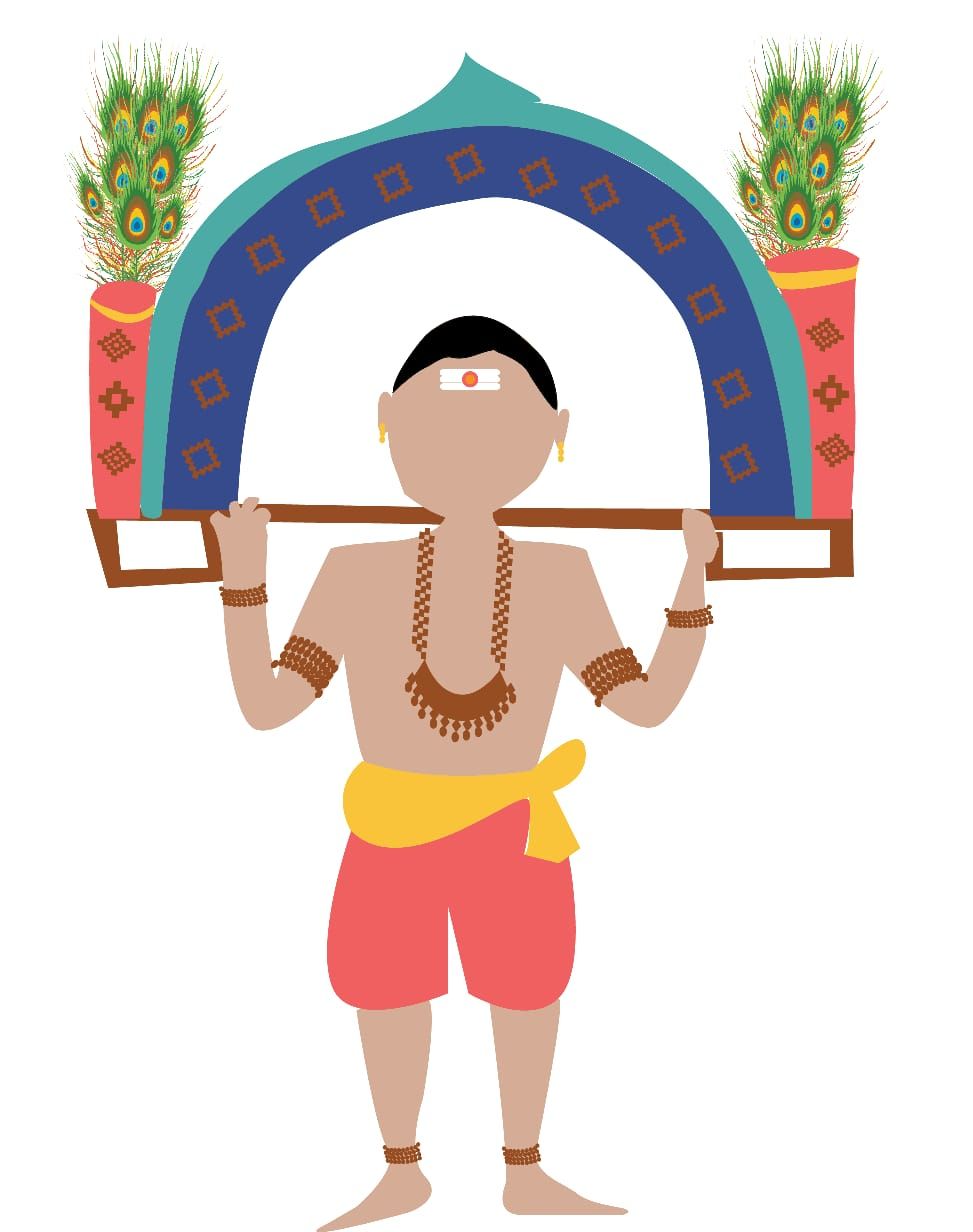
There are so many people here. Maybe even 2,000 or 3,000 people come and go for Maha Shivarathri. I’ve not worn this red and yellow color outfit before, but they say that this garland reflects divineness.
We perform this kavadi in bare body. Sometimes kavadi pierces the skin too, and it's a very different feeling. It looks painful, but it feels very good because we become energised to pay our homage to our God. Do you see these peacock feathers? We wear it to honour Lord Muruga who travels on his peacock. This is a solo performance. One-man army LOL.
Fourth dance: Villu Paattu
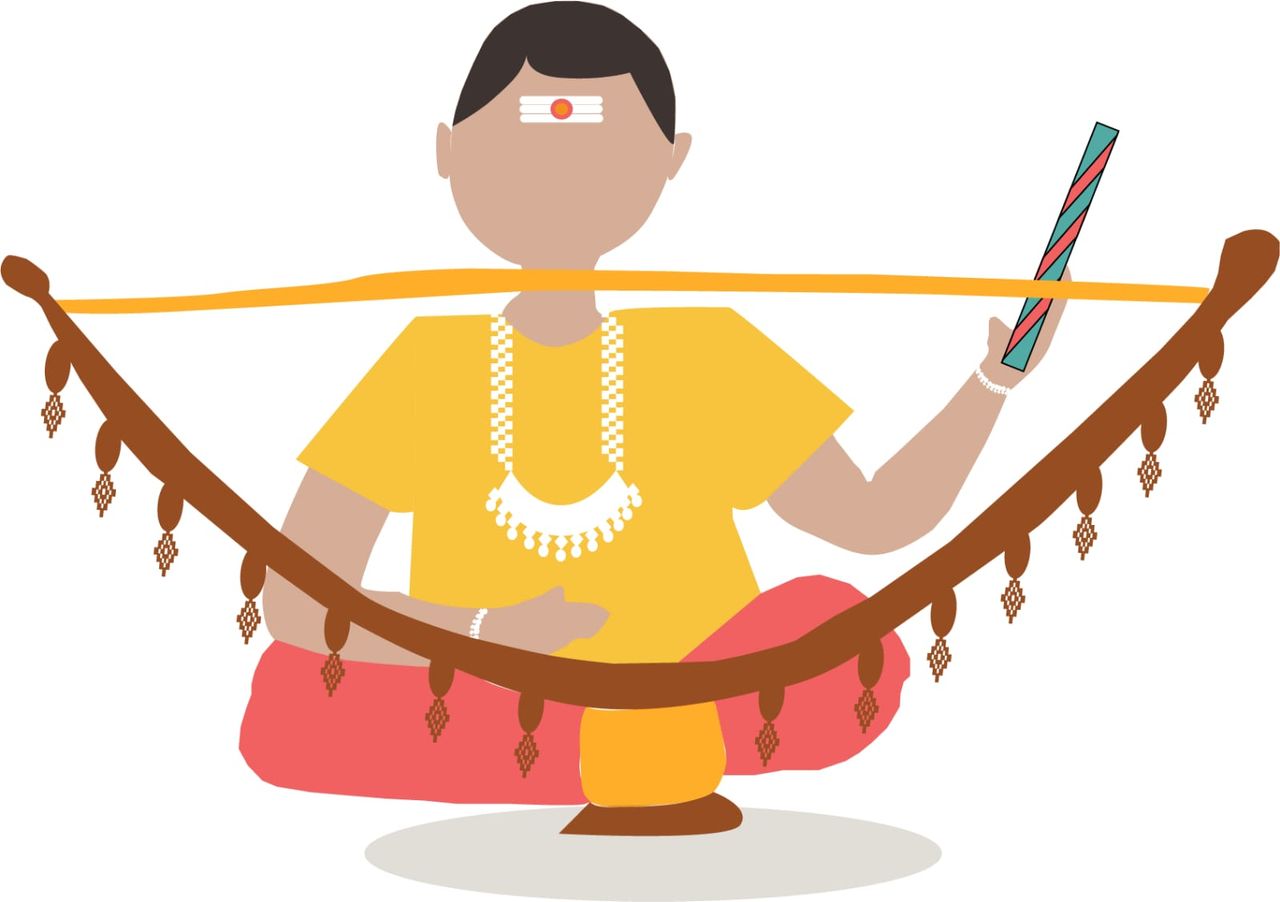
We’re a bow song team. My friends and I are going to perform one of Lord Shiva’s stories called Neelakanth Mahadev. The narration of the story is scattered within the music and dance. Women wear the saree and men wear the veshti, as they’re the traditional costumes for our people. We use long bronze bells to give more rhythm to our story. We also use musical instruments like tabla, mandible, pump, and harmonium.
Lord Shiva is angry. So we want to cool him.
About the jewellery and costumes
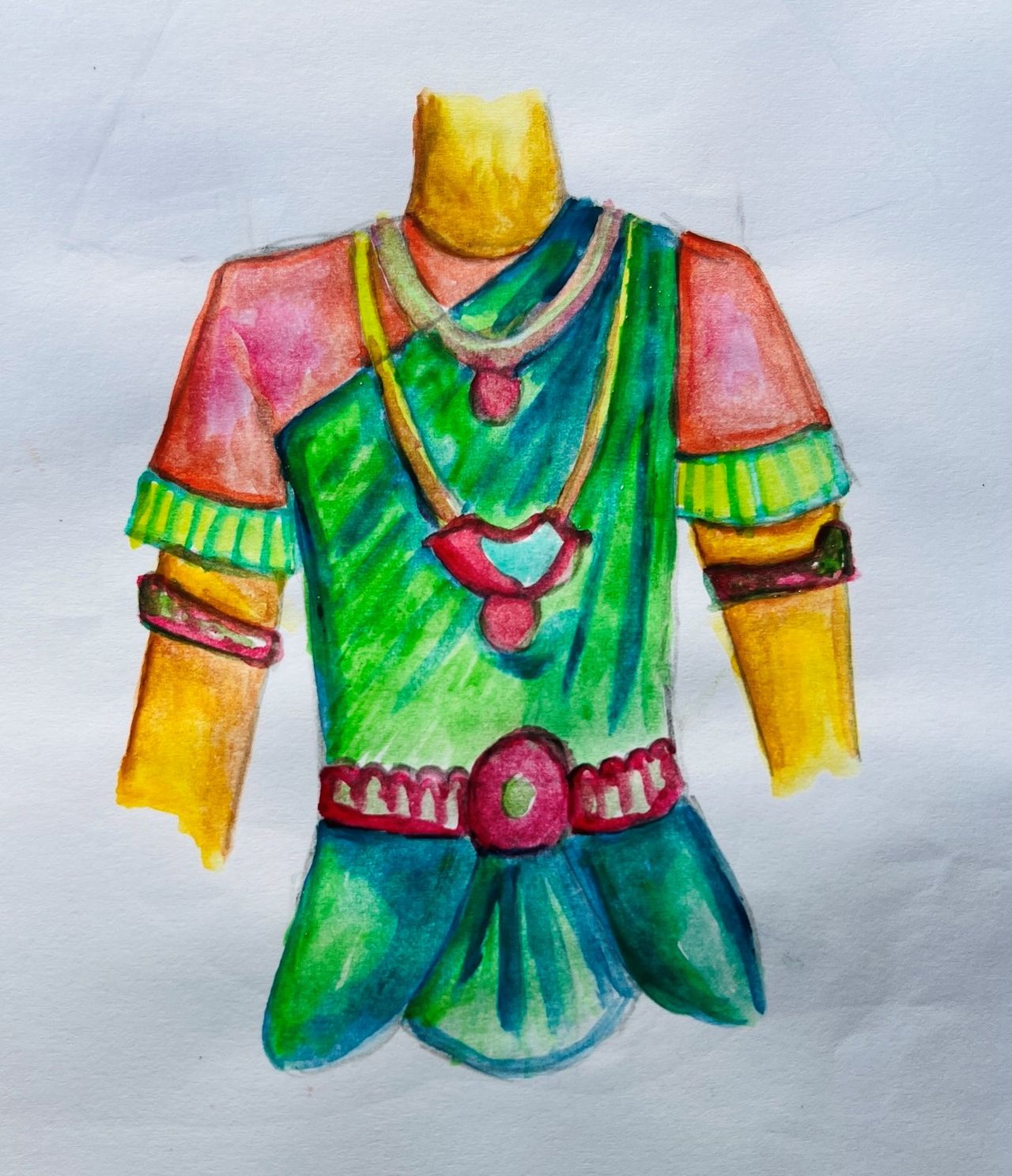
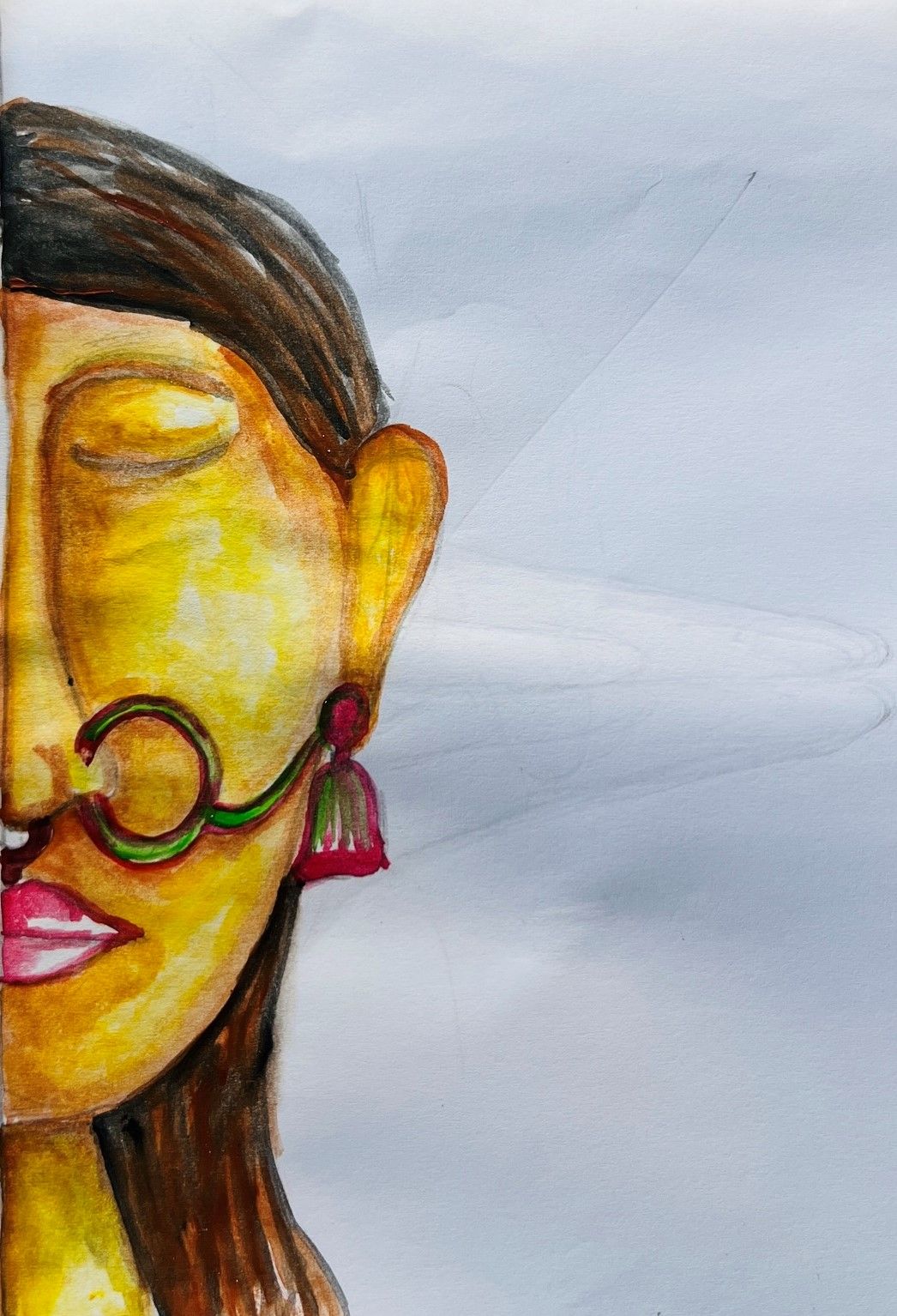
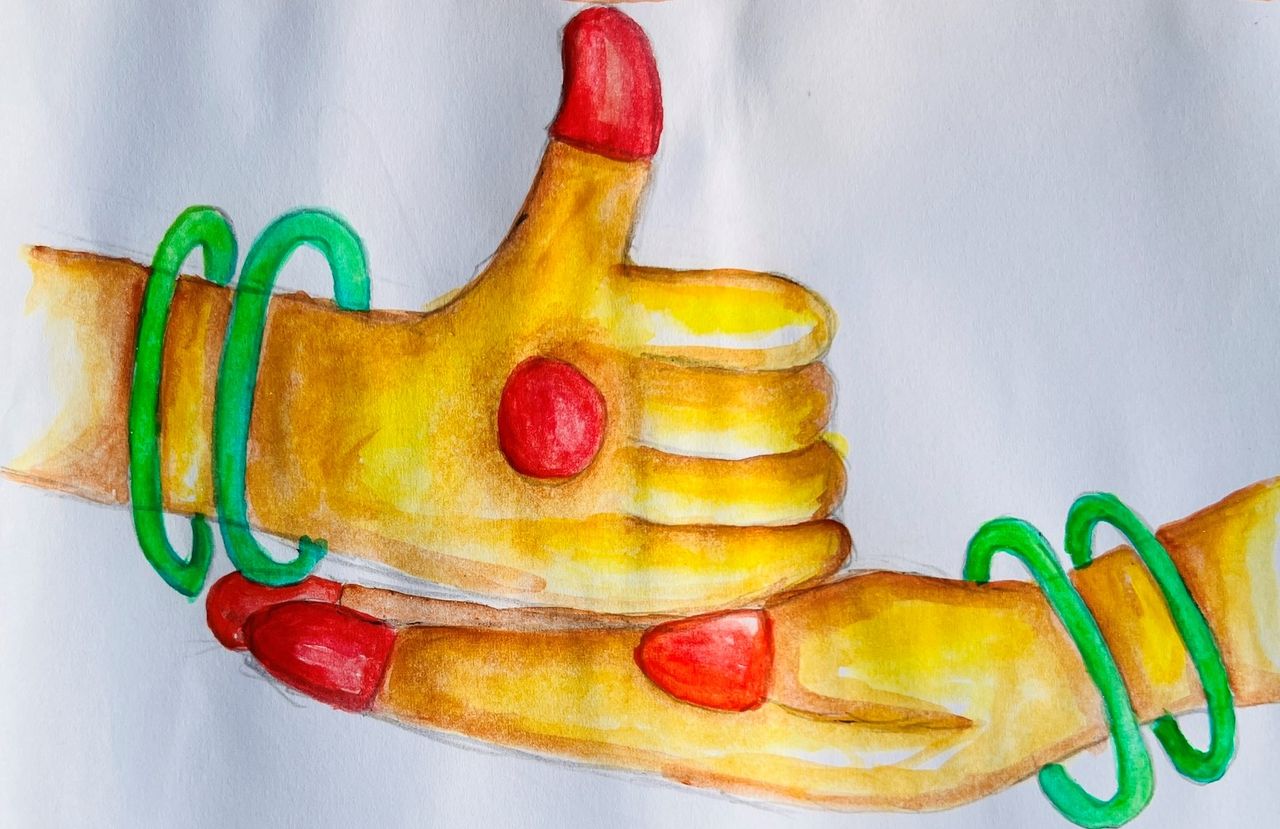
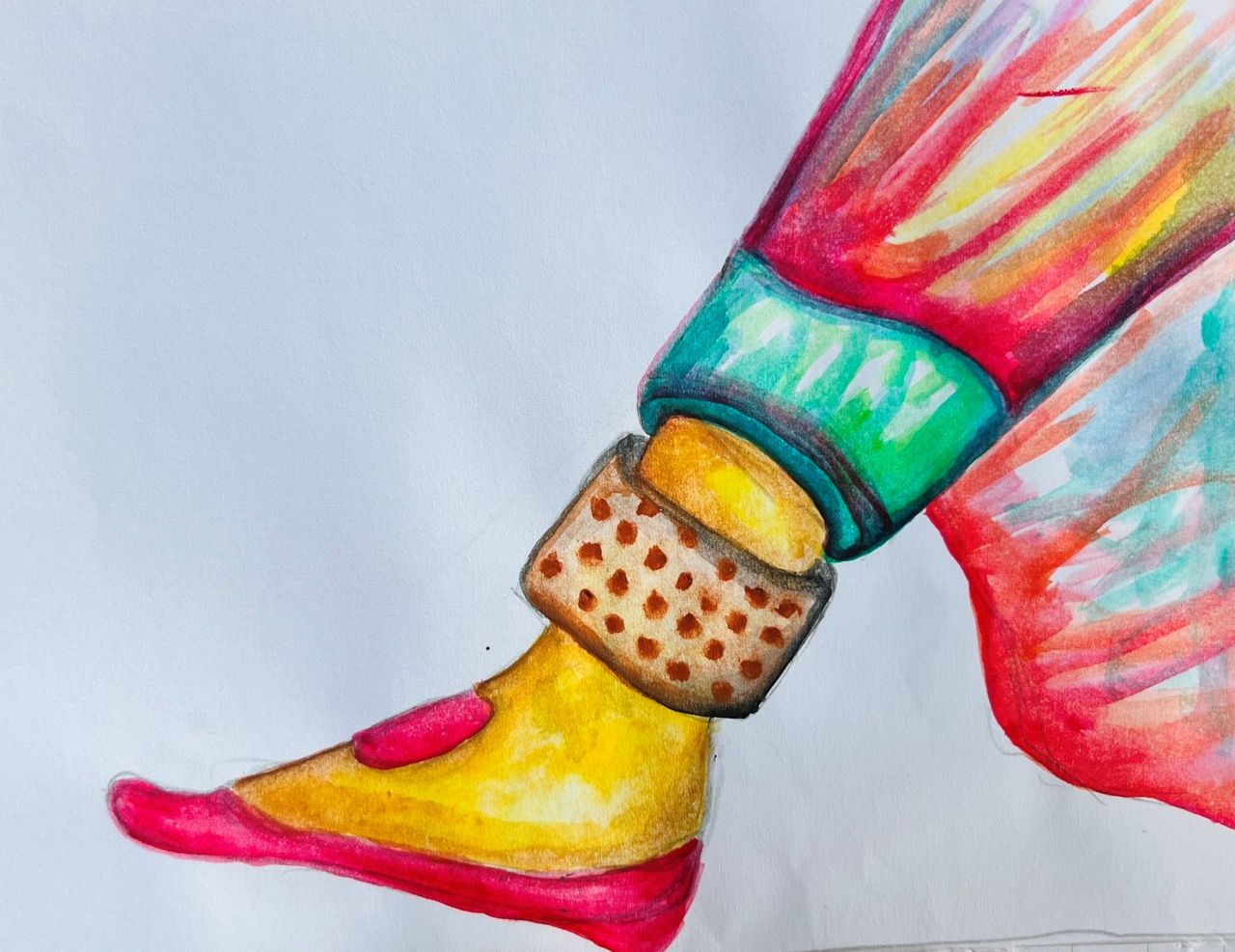
The stories behind the Shivarathri
Lord Shiva is known by various names but one of his most famous is Neelkanth Mahadev (the blue neck). Why is that?
Once upon a time Asura (bad demon) and Lord Indra (god of creation) had a battle. Indra and all the gods living in heaven lost their power and strength. Lord Indra asked Lord Vishnu for help and he suggested churning an ocean of milk to create a magic amirta (elixir) that can make these gods immortal and bring their powers back. Asura the demon also helped with the hard work so that he too could be immortal.
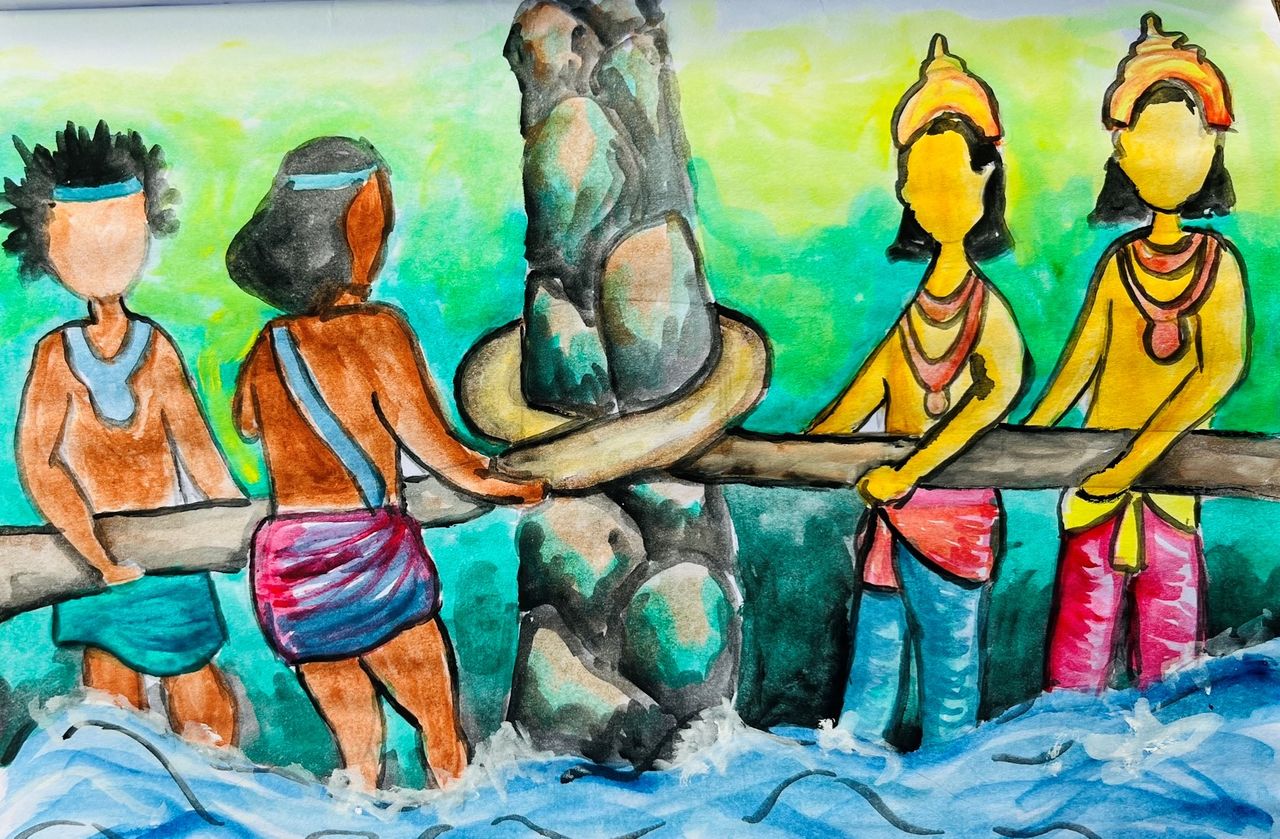
After the churning 14 gems appeared in the milk ocean and they were distributed among the gods and demons. But one of the gems was not an elixer but a blue lethal poison. This poisonous halahala was powerful enough to kill all of the creation in this universe. All the gods wanted a gem and no one was willing to sacrifice and drink the halahala. Except for Lord Shiva, who was courageous to step forward, he drank all the poison without any hesitation and saved the whole universe.
Goddess Parvati, wife of Shiva heard about his heroic act and wasted no time. She quickly grabbed his throat to stop the poison from entering his body. It saved his life but turned his throat forever blue. That’s why we call him “Neelakanth Mahadev” (blue neck).
The story of Lord Shiva and his wife also shows that women and men need each other, to save the world or even run a house or a business. We should all respect our better half.
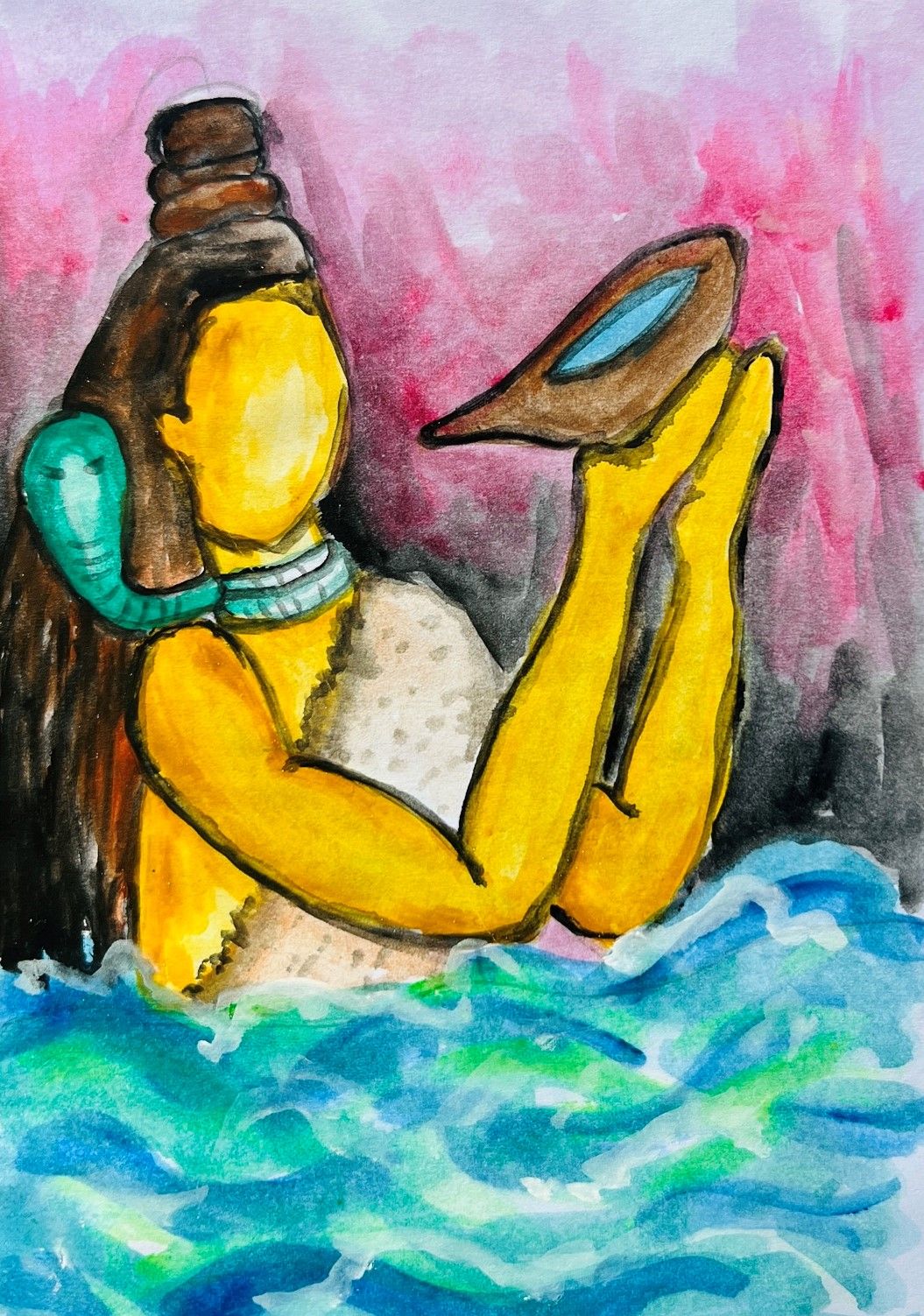
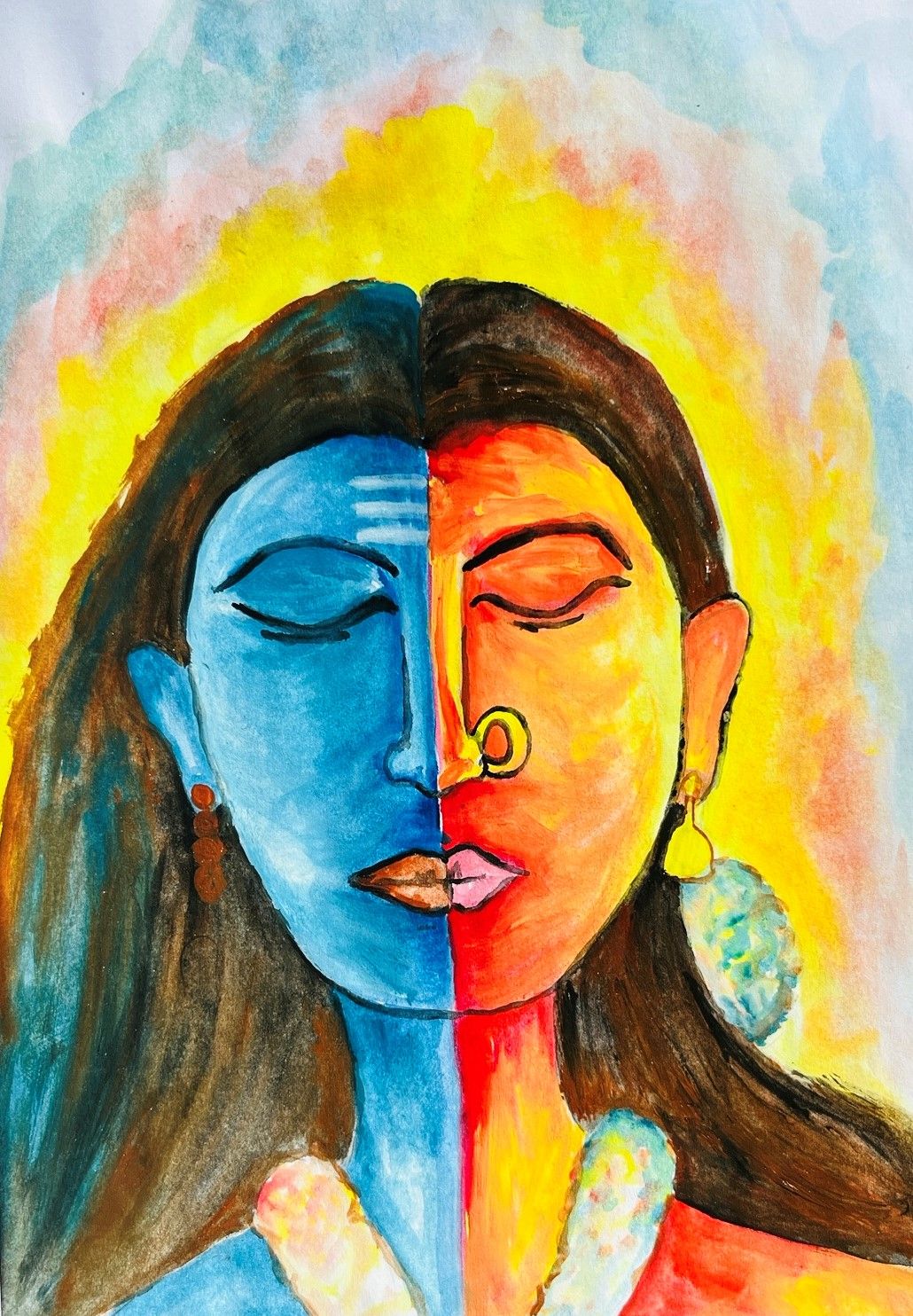
Through the lens of locals
This story was created by three young Trinco locals for whom this festival is the highlight of the year. An energetic trio who love colour, music and dance created this walk to invite you to see, feel and understand the famous Hindu festival of Maha Shivarathri in Trincomalee.
Amasaigini loves writing and wants to become a journalist one day, while Laxmi, her best friend since they were three, loves singing and drawing. Rakavan Loheeshan or Logi as he is fondly known is an incredible illustrator and techie. Together, they unveiled this story of one of their favourite days in their hometown Trincomalee.
They were part of a cultural mapping project in 9 Fort Cities along the Sri Lankan coast. In each city, youth come together for a week to unveil the different historic layers and rediscover their hometown through illustration, photography and film.
Credits
Created by

Designed by
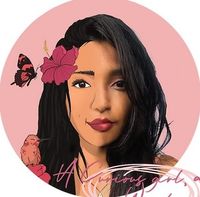
Powered by

About
Ekafomunu
Ekafomunu means 'I love you'. A 4-member team of Trincomalee students. Thamali and Kumari are archaeologists and they love digging for stories. Thamali is also a great dancer while Kumari draws really well. Isuru Dasun is a part-time photographer and is into IT. Roshan Ahamed loves doing community work and is a great speaker. This is their interpretation of the Fort love story.
Devni Jay
A chaotic-good, ambivert with wild hands that give life and colour to the imagination, Devni is a curious seeker who tries to understand boundaries so she can break them.
@nomadic.artisanRoyal Netherlands Embassy
Sri Lanka and the Netherlands have a long-standing history. Through this project, we highlight the many marks of a rich past that survived into the present; structures, people, livelihoods, food and the stories that embody the spirit of this place. Unravelling history through the lens of youth is more than just a reminder of our rich heritage, but a vision for the future of Trincomalee.
www.netherlandsandyou.nl/your-country-and-the-netherlands/sri-lanka